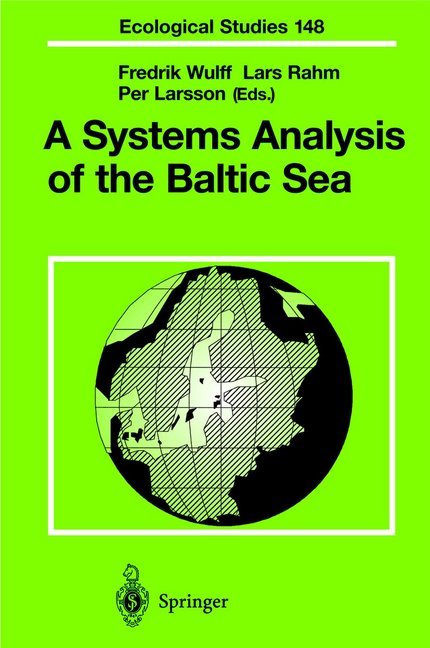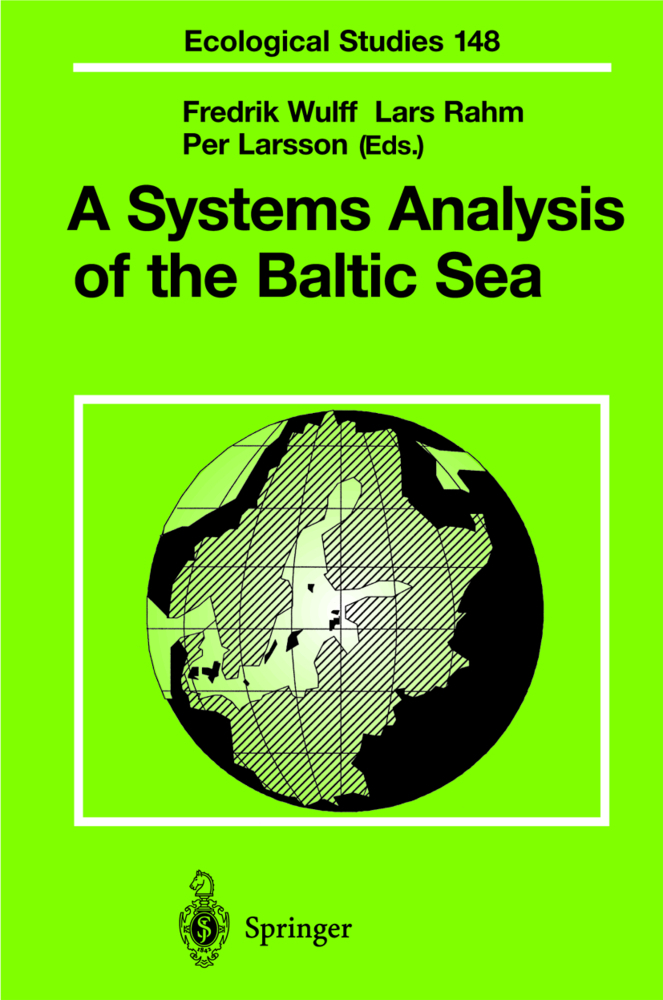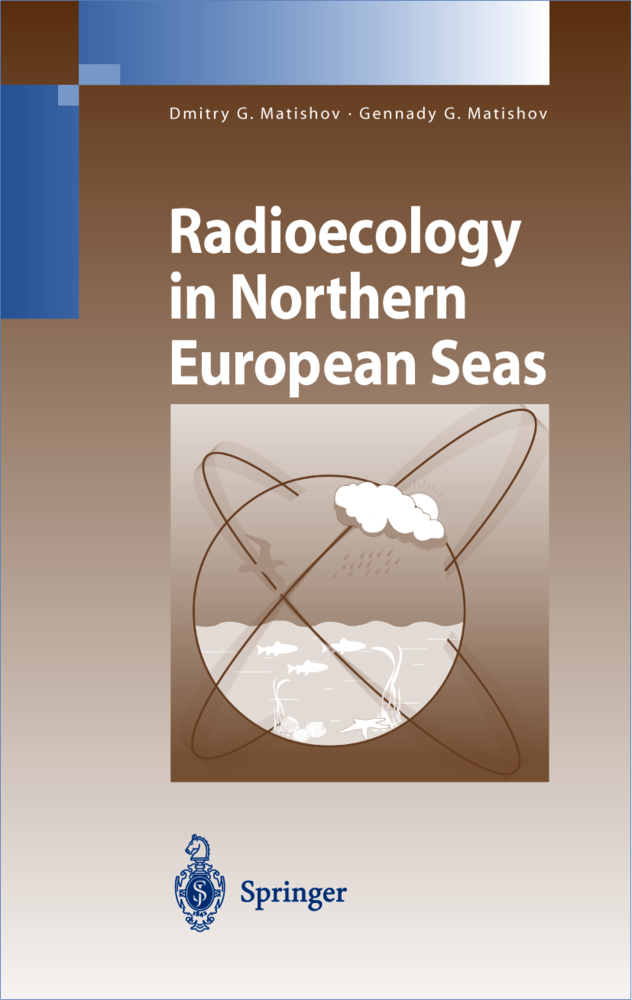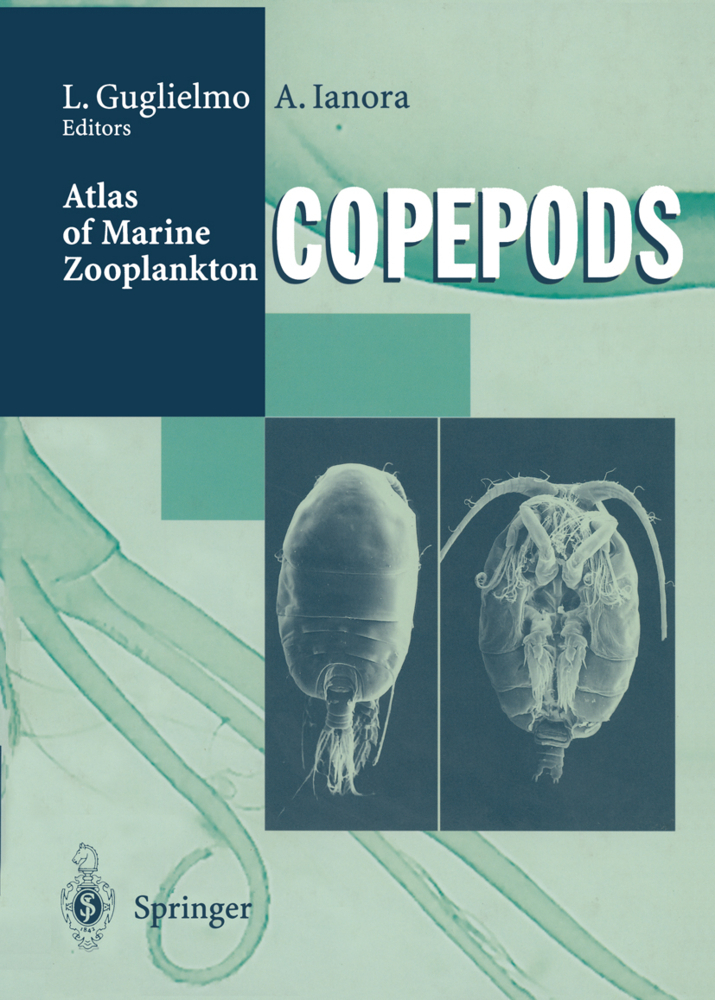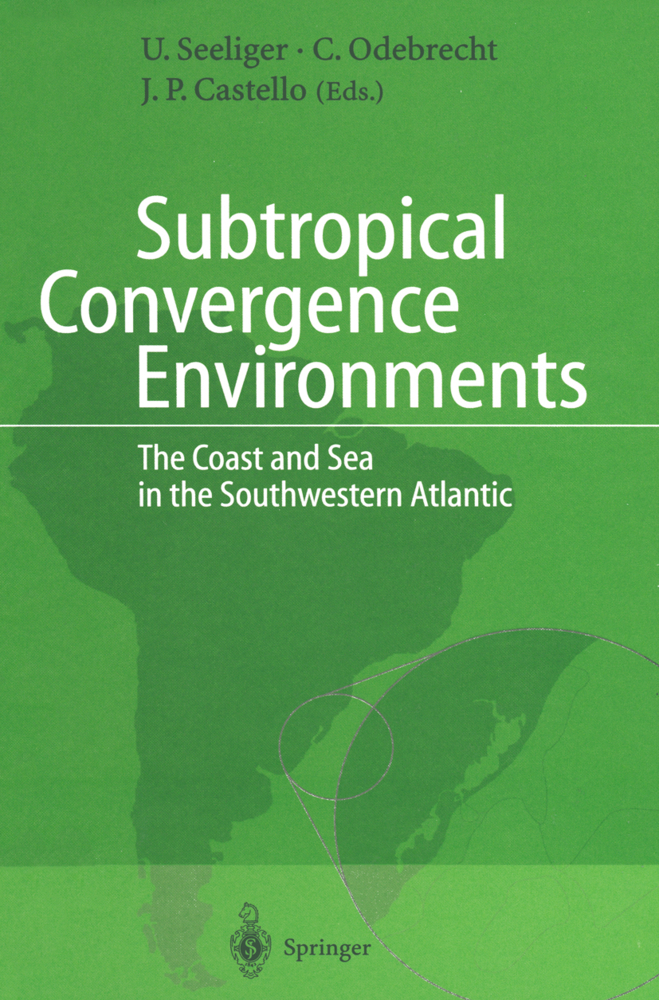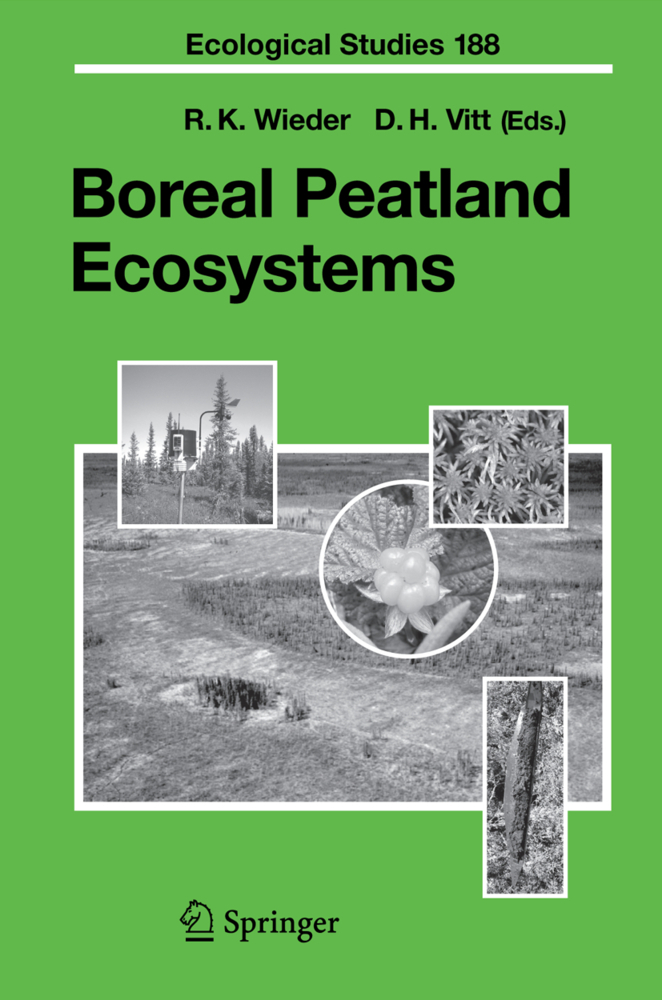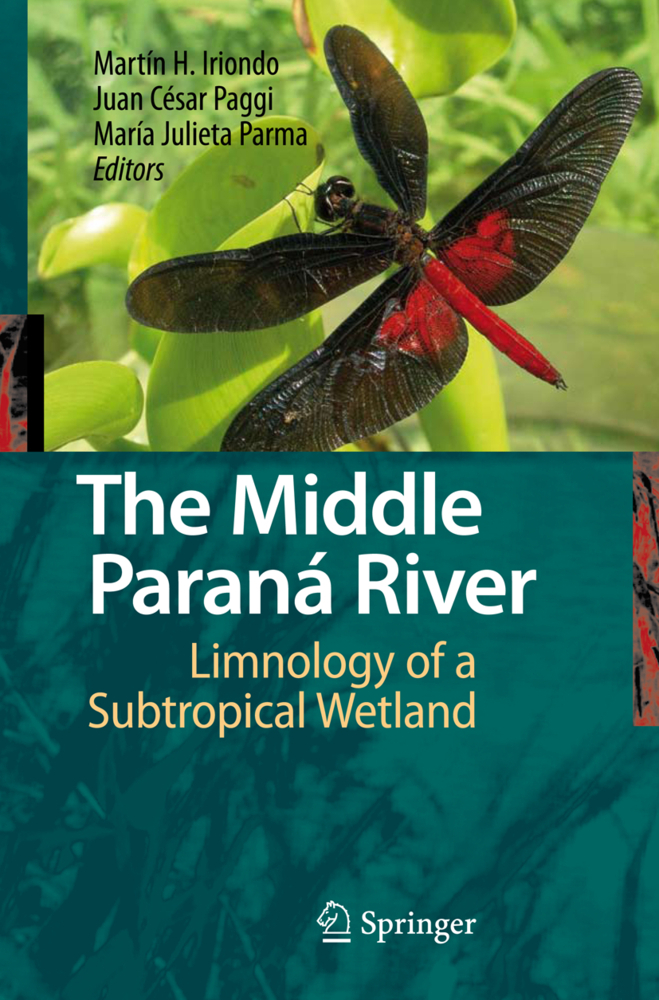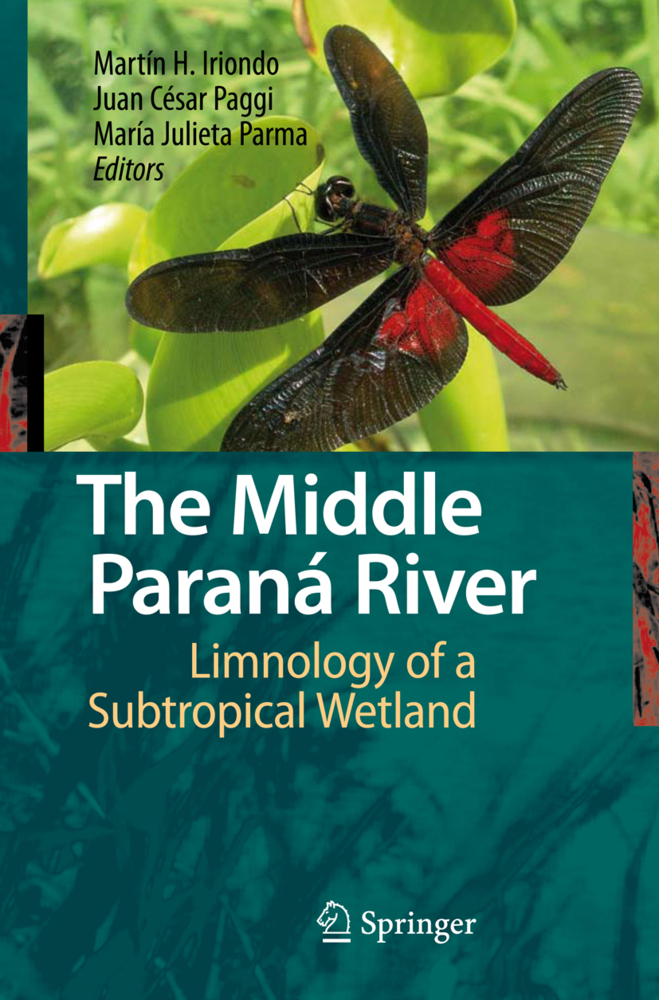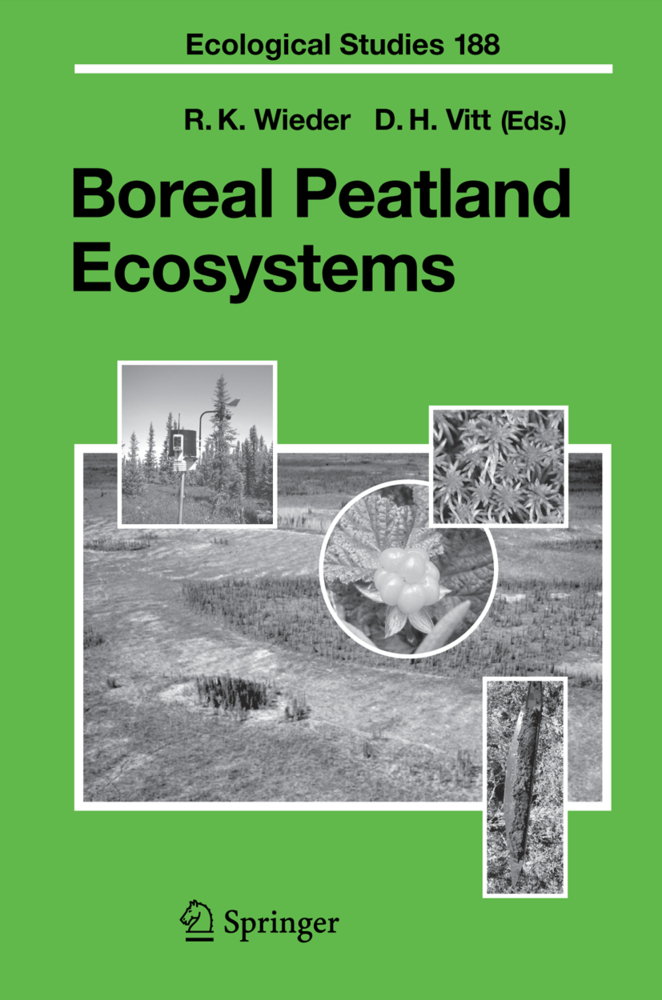A Systems Analysis of the Baltic Sea
A Systems Analysis of the Baltic Sea
During recent decades, large-scale effects of pollution on marine estuaries and even entire enclosed coastal seas have become apparent. One of the first regions where this was observed is the Baltic Sea, whereby the appearance of anoxic deep basins, extensive algal blooms and elimination of top predators like eagles and seals indicated effects of both increased nutrient inputs and toxic substances.
This book describes the physical, biochemical and ecological processes that govern inputs, distribution and ecological effects of nutrients and toxic substances in the Baltic Sea. Extensive reviews are supplemented by budgets and dynamic simulation models.
This book is highly interdisciplinary and uses a systems approach for analyzing and describing a marine ecosystem. It gives an overview of the Baltic Sea, but is useful for any marine scientist studying large marine ecosystems.
3 Climate and Hydrology of the Baltic Basin
4 Riverine Inputs of Nutrients to the Baltic Sea
5 Deposition of Nitrate and Ammonium from the Atmosphere to the Baltic Sea
6 Atmospheric and River Input of PCBs, DDTs and HCHs to the Baltic Sea
7 Pelagic Plankton Growth and Resource Limitations in the Baltic Sea
8 The Challenge of Sedimentation in the Baltic Sea
9 Role of Sediments in the Nutrient Dynamics of the Baltic
10 Dynamics and Distribution of Hydrophobic Organic Compounds in the Baltic Sea
11 Sediments and Macrofauna in the Baltic Sea - Characteristics, Nutrient Contents and Distribution
12 Statistical Analysis of Spatial and Temporal Variations in the Baltic Sea
13 A Nutrient Budget Model of the Baltic Sea
14 A Model of the Biogeochemical Cycles of Nitrogen and Phosphorus in the Baltic
15 A Multicompartment, Multi-Basin Fugacity Model Describing the Fate of PCBs in the Baltic Sea
References.
This book describes the physical, biochemical and ecological processes that govern inputs, distribution and ecological effects of nutrients and toxic substances in the Baltic Sea. Extensive reviews are supplemented by budgets and dynamic simulation models.
This book is highly interdisciplinary and uses a systems approach for analyzing and describing a marine ecosystem. It gives an overview of the Baltic Sea, but is useful for any marine scientist studying large marine ecosystems.
1 Introduction
2 Physical Oceanography of the Baltic Sea3 Climate and Hydrology of the Baltic Basin
4 Riverine Inputs of Nutrients to the Baltic Sea
5 Deposition of Nitrate and Ammonium from the Atmosphere to the Baltic Sea
6 Atmospheric and River Input of PCBs, DDTs and HCHs to the Baltic Sea
7 Pelagic Plankton Growth and Resource Limitations in the Baltic Sea
8 The Challenge of Sedimentation in the Baltic Sea
9 Role of Sediments in the Nutrient Dynamics of the Baltic
10 Dynamics and Distribution of Hydrophobic Organic Compounds in the Baltic Sea
11 Sediments and Macrofauna in the Baltic Sea - Characteristics, Nutrient Contents and Distribution
12 Statistical Analysis of Spatial and Temporal Variations in the Baltic Sea
13 A Nutrient Budget Model of the Baltic Sea
14 A Model of the Biogeochemical Cycles of Nitrogen and Phosphorus in the Baltic
15 A Multicompartment, Multi-Basin Fugacity Model Describing the Fate of PCBs in the Baltic Sea
References.
Wulff, F.V.
Rahm, L.A.
Larsson, P.
| ISBN | 978-3-642-08727-1 |
|---|---|
| Medientyp | Buch |
| Copyrightjahr | 2010 |
| Verlag | Springer, Berlin |
| Umfang | XIX, 457 Seiten |
| Sprache | Englisch |

